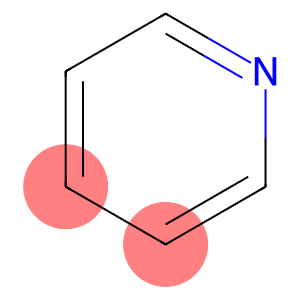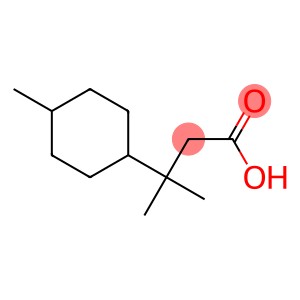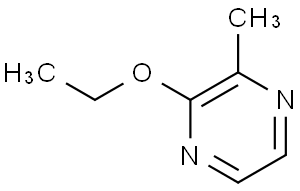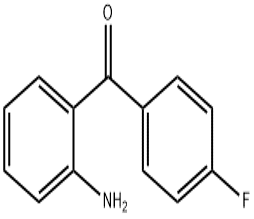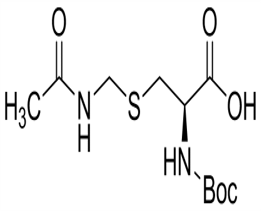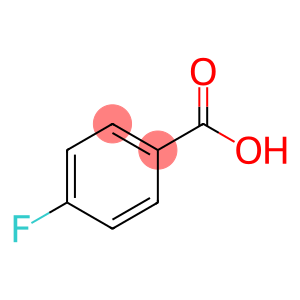Pyridine(CAS#110-86-1)
| Risk Codes | R11 – Highly Flammable R20/21/22 – Harmful by inhalation, in contact with skin and if swallowed. R39/23/24/25 - R23/24/25 – Toxic by inhalation, in contact with skin and if swallowed. R52 – Harmful to aquatic organisms R36/38 – Irritating to eyes and skin. |
| Safety Description | S36/37/39 – Wear suitable protective clothing, gloves and eye/face protection. S38 – In case of insufficient ventilation, wear suitable respiratory equipment. S45 – In case of accident or if you feel unwell, seek medical advice immediately (show the label whenever possible.) S61 – Avoid release to the environment. Refer to special instructions / safety data sheets. S28A - S26 – In case of contact with eyes, rinse immediately with plenty of water and seek medical advice. S28 – After contact with skin, wash immediately with plenty of soap-suds. S24/25 – Avoid contact with skin and eyes. S22 – Do not breathe dust. S36/37 – Wear suitable protective clothing and gloves. S16 – Keep away from sources of ignition. S7 – Keep container tightly closed. |
| UN IDs | UN 1282 3/PG 2 |
| WGK Germany | 2 |
| RTECS | UR8400000 |
| FLUKA BRAND F CODES | 3-10 |
| TSCA | Yes |
| HS Code | 2933 31 00 |
| Hazard Note | Highly Flammable/Harmful |
| Hazard Class | 3 |
| Packing Group | II |
| Toxicity | LD50 orally in rats: 1.58 g/kg (Smyth) |
Introduction
Quality:
1. Pyridine is a colorless liquid with a strong benzene odor.
2. It has a high boiling point and volatility, and can be soluble in a variety of organic solvents, but it is difficult to soluble in water.
3. Pyridine is an alkaline substance that neutralizes acids in water.
4. Pyridine can undergo hydrogen bonding with many compounds.
Use:
1. Pyridine is often used as a solvent in organic synthesis reactions, and has high solubility for many organic compounds.
2. Pyridine also has applications in the synthesis of pesticides, such as the synthesis of fungicides and insecticides.
Method:
1. Pyridine can be prepared by a range of different synthesis methods, the most commonly used of which is obtained by hydrogenation reduction of pyridinexone.
2. Other common preparation methods include the use of ammonia and aldehyde compounds, the addition reaction of cyclohexene and nitrogen, etc.
Safety Information:
1. Pyridine is an organic solvent and has a certain volatility. Attention should be paid to well-ventilated laboratory conditions when using to avoid inhalation of overdose.
2. Pyridine is irritating and may cause damage to the eyes, skin, and respiratory tract. Appropriate protective equipment, including gloves, glasses, and protective masks, should be worn during operation.
3. Appropriate protective and control measures are required for people who have been exposed to pyridine for a long time.


